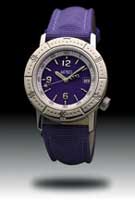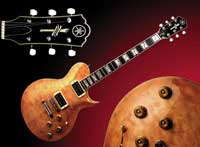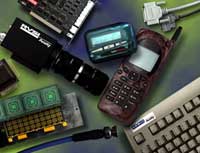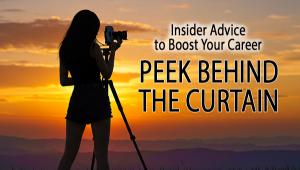Coming Of Age
A Professional Photographer Wins Clients With Digital Photography
If you have been reading
Shutterbug for some time, you're no doubt aware of the constant
drumbeat of the digital photography industry. The products used to fall
into two categories--expensive cameras that take frightfully bad pictures,
or frightfully expensive cameras that take excellent pictures. It may
seem like a no-win situation for the old school film guys, but the scene
is changing fast. |
|||
While a lot of Shutterbug readers
have complained about the creeping digitalization of the magazine, a lot
of you are starting to get hip. To give you a good idea why a pro would
want to be fully digital, Shutterbug asked me to take a few recent assignments
and explain how I shot them, what I did to them, and how you can get similar
results. Here goes... |
|||
Guy At Window.
Here is a tough assignment that I received only because I was known to
this ad agency as "The Photoshop Guy." They didn't even
care if I shot it on film, they just knew the look they wanted, and realized
that it had to be created in the computer. |
|||
Guitar. Here is a great example of how seamless a digital composite can be. Each of the three main shots was captured with a Leaf Lumina scanning camera, then they were silhouetted using Extensis Mask pro. The background gradient was created in Photoshop, then the elements were brought into position. I resized some of the elements to make them fit correctly, then color corrected the entire image. There is no convenient way to do this with film and still maintain the gradient background. |
|||
Montage. Here
is an image that was made possible by digital imaging. In the old days
I would have meticulously propped these products to match the Art Director's
comp, shot 4x5 film, and delivered the chromes to the client. They would
then pay big bucks to have the logo added to the black camera body. Now
they can come to me and I can do the entire project. |
|||
Wine Bottle. You
can easily shoot this shot with a film camera, as I did in a previous
Shutterbug article, but it's so easy digitally. Rather than meticulously
position the lighting, bottle, and camera and work for hours to get it
all right, I simply shot the bottle laying down against a white background
and did the rest in Photoshop. |






















































